Frances Klatzel paints a beautiful portrait of the journey of Pasang Lhamu Sherpa Akita, Maya Sherpa and Dawa Yangzum Sherpa in ‘Daring to Dream’
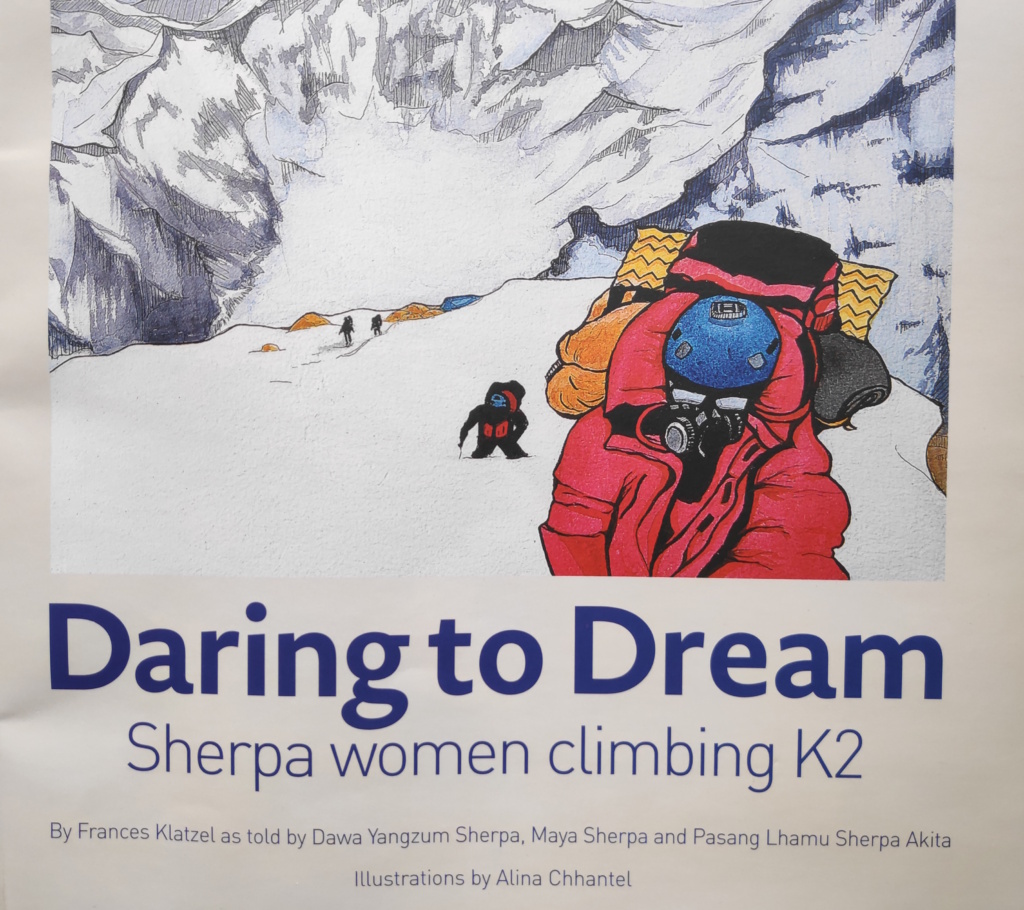
In the world of high altitude climbing, Sherpa men had firmly established themselves as legends, even before Tenzing Norgay became the first man to climb Mt. Everest alongside Edmund Hillary in 1953. However, opportunities have always been hard to come by for Sherpa women over the years. While there have been many instances of them joining expeditions as porters and carrying loads alongside the men, there have been few accounts of them as equal climbing members on a team.
So, when three Sherpanis decided to tackle K2 – the second-highest mountain in the world, christened ‘the savage mountain’, given its climbing difficulty and macabre history – the odds were stacked up against them. Their journey of overcoming obstacles, both on and off the mountain, and eventually making it to the top of K2 in 2014 is what Frances Klatzel lucidly captures in the book, ‘Daring to Dream’.
The three protagonists – Pasang Lhamu Sherpa Akita, Maya Sherpa and Dawa Yangzum Sherpa – come from similar backgrounds. Though born in the shadow of some of the highest mountains in the world, they grew up far from it soul, engaged in supporting their families rather than fostering any thoughts of climbing some day.
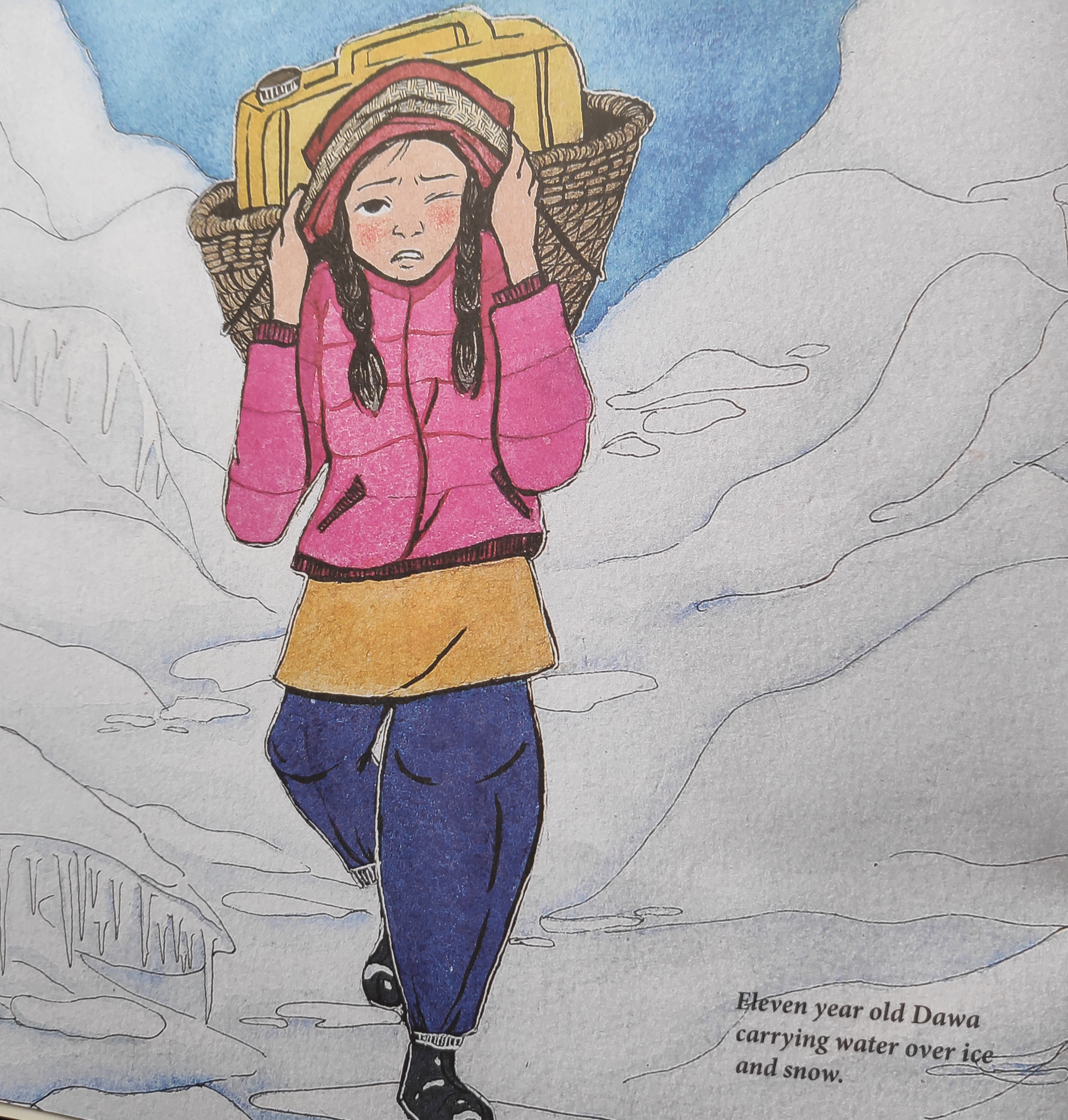
All images courtesy: Alina Chhantel, Mera Publications 2020
While growing up, they saw men from the Sherpa community head out to work in the mountains, some returning as heroes while a few perishing on the treacherous journey. However, most of the women around them were relegated to domestic duties, as were the three girls, lending a much-needed hand to tackle the hardships of daily life in the rugged environs of rural Nepal.
The opportunity to head out into the mountains arrived at different times and under unexpected circumstances for each of them. But when they did come, the ladies made the most of it to follow their dreams. The eldest of the lot, Maya, became the first Nepali woman to climb Ama Dablam in 2003 and once she met Pasang, the seeds of climbing K2 were sown. By the time Dawa joined the team, Maya had also embraced the joys of motherhood. Besides, the trio had all earned the experience of climbing Everest.
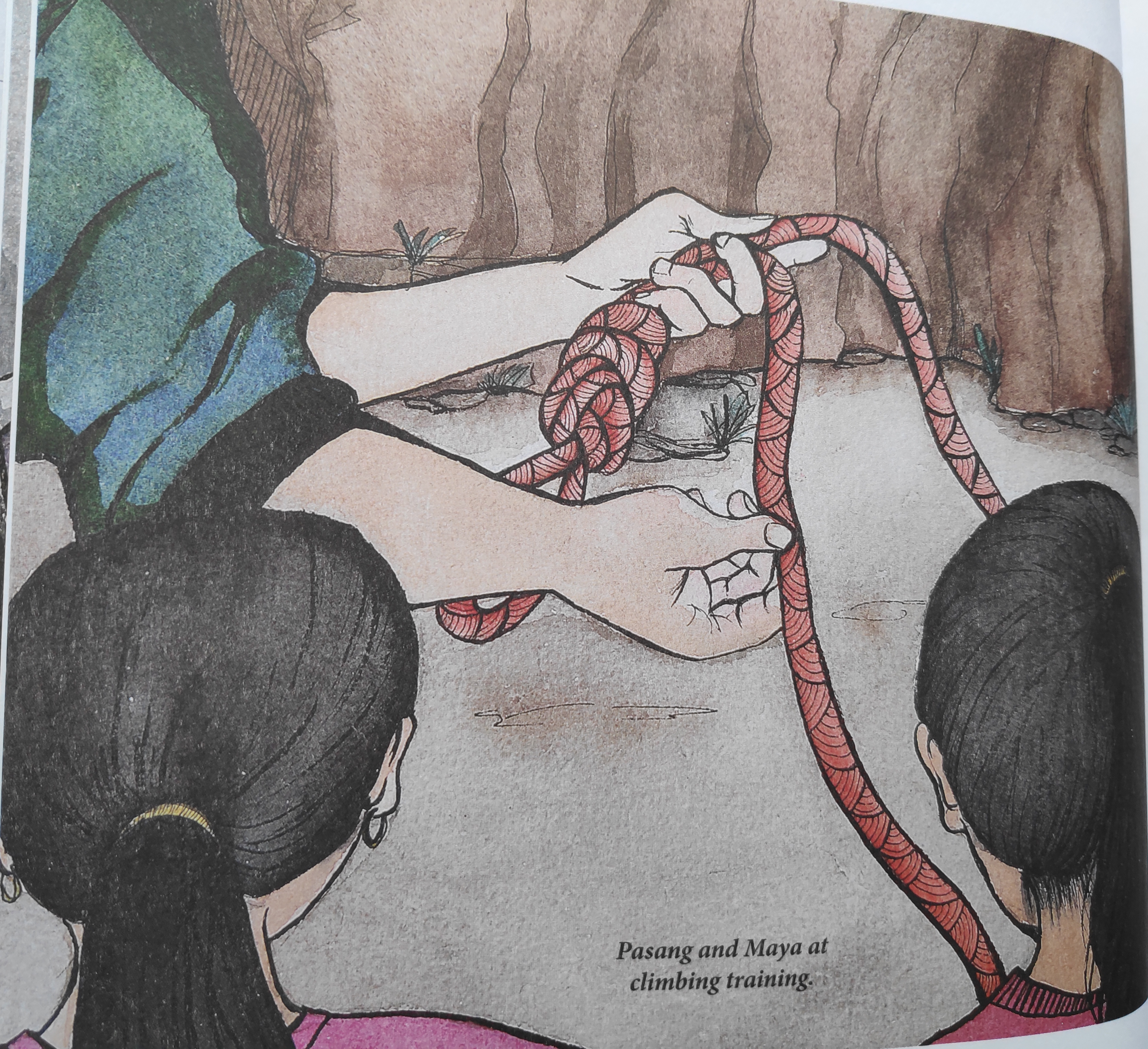
However, climbing the highest mountain in the world hardly made life easy for them when it came to planning K2. Most scoffed at the idea of three Sherpa women dreaming about the summit. Raising funds became an exercise in patience and it took a massive effort for them to locate folks who believed in their ability. Then, there were the statistics to deal with, given the casualty rate on K2. It took a persistent effort to put the expedition together and once they had convinced their families, they set off for Pakistan in the hope of becoming the first Nepali women atop K2.
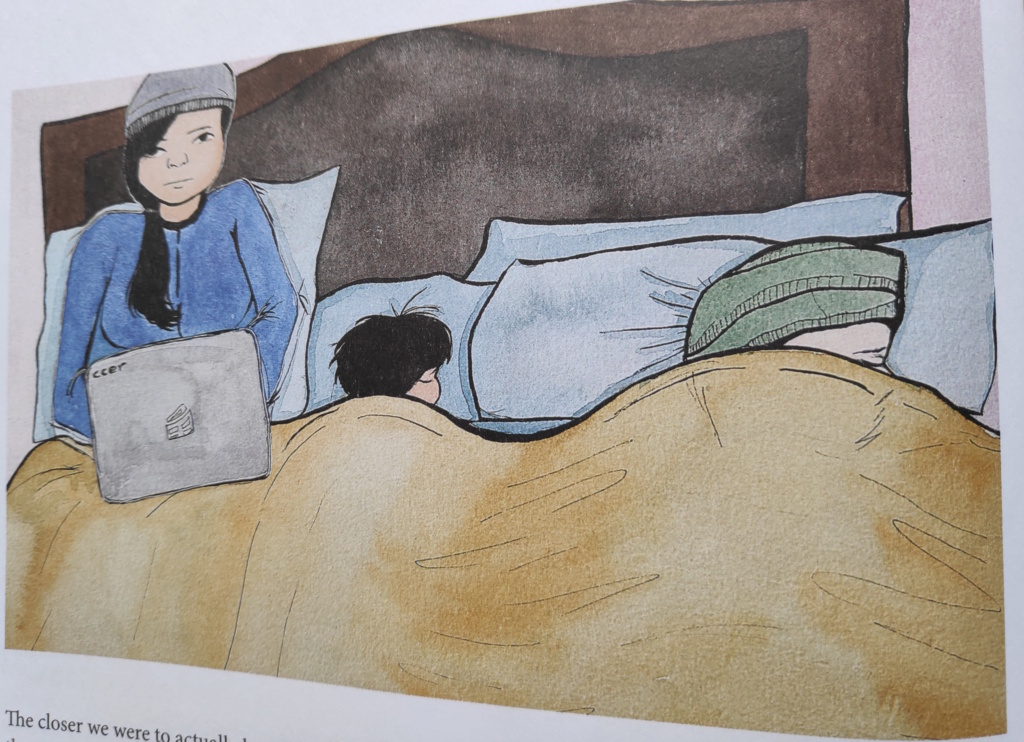
The journey to the base of the mountain presented sights and sounds of a different kind, especially when they observed the plight of women in Pakistan – a contrast to the position and independence enjoyed by women back home.
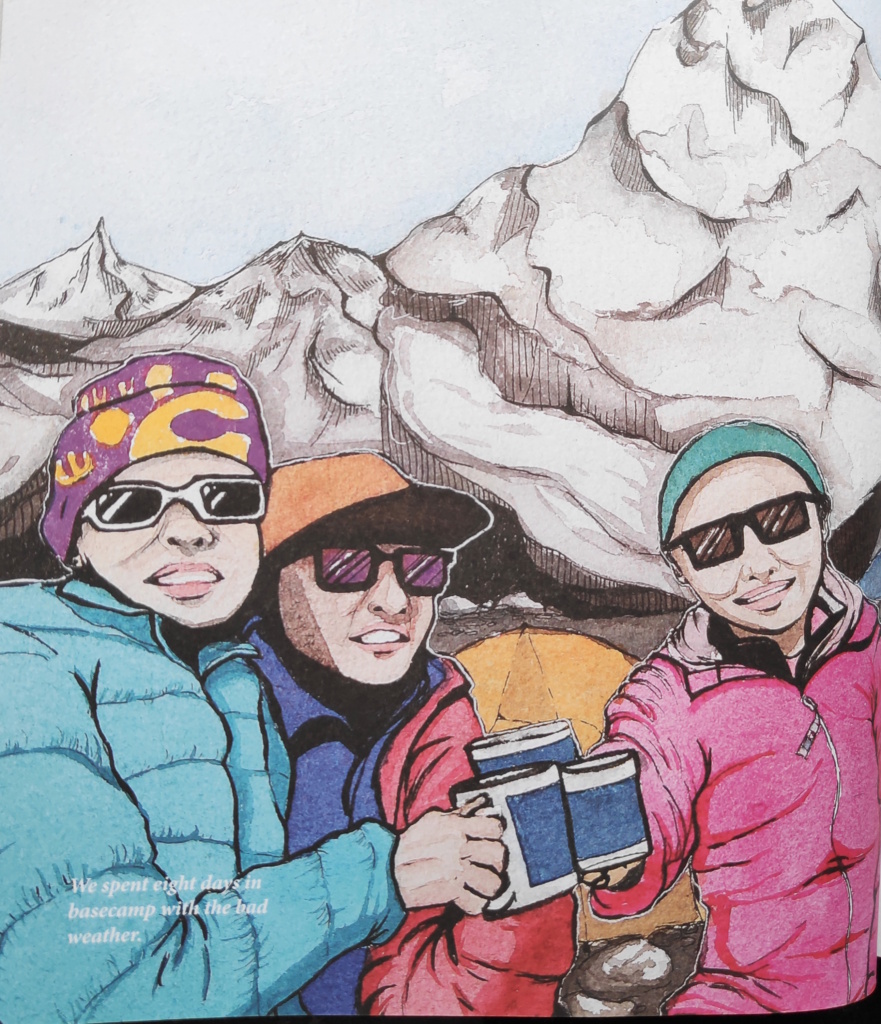
Once at the base camp of K2 though, they had eyes only for the summit, given all that was at stake. Alongside the high altitude Sherpa guides on the team, they plotted their strategy and gradually plodded their way to the top. And by the time they set foot on the summit at 3.35pm on July 26, 2014, the ladies managed to smash the glass ceiling associated with Nepali women and climbing.
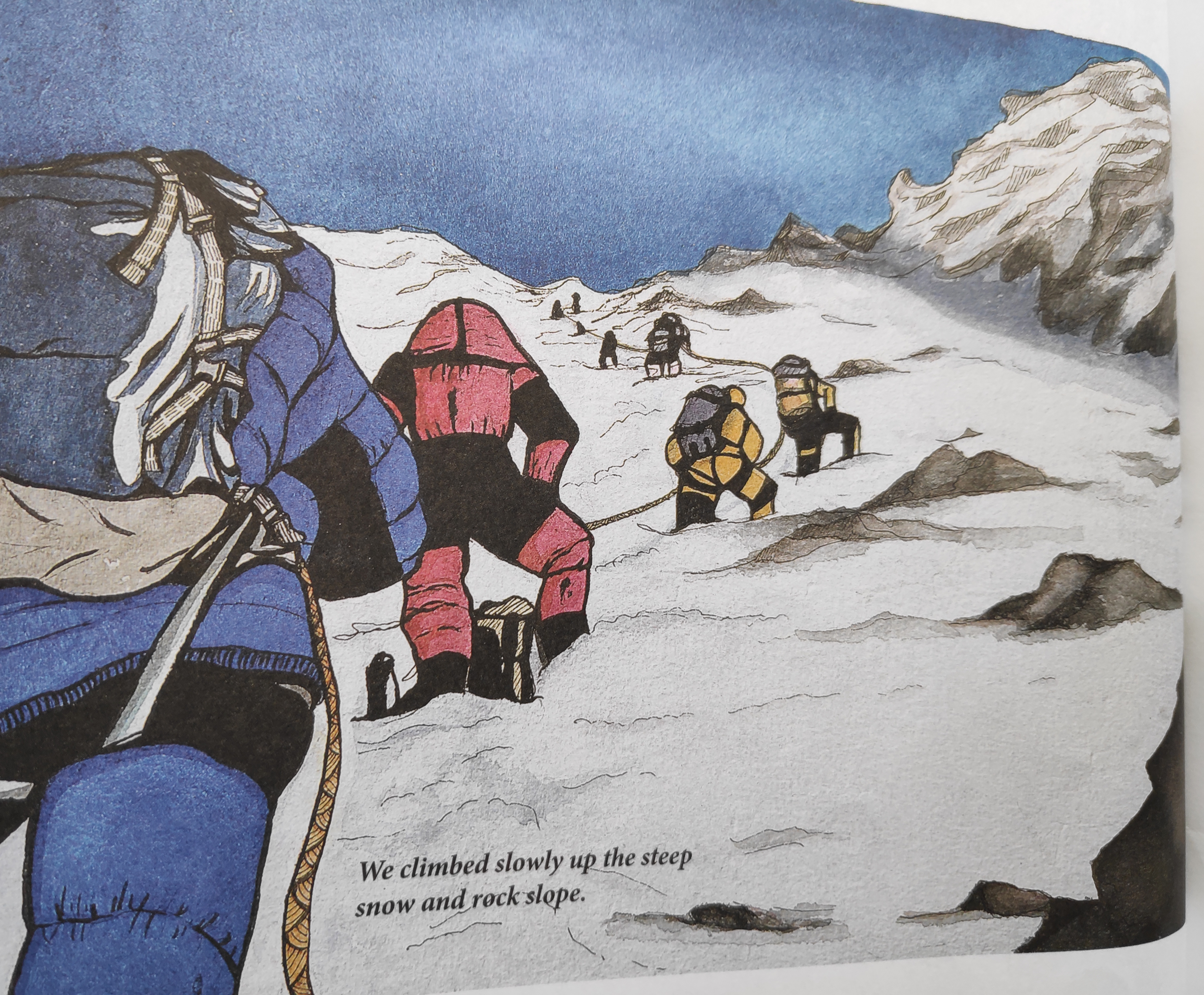
Klatzel paints a lovely portrait of the growing years of the three Sherpanis and what made them champions in their own right, even before they started climbing. While she highlights landmark moments from their lives, the book could easily have been a more elaborate account given all that they’ve achieved. Nevertheless, alongside Alina Chhantel’s lively illustrations, this is a tidy read that marks a landmark climb in mountaineering history.